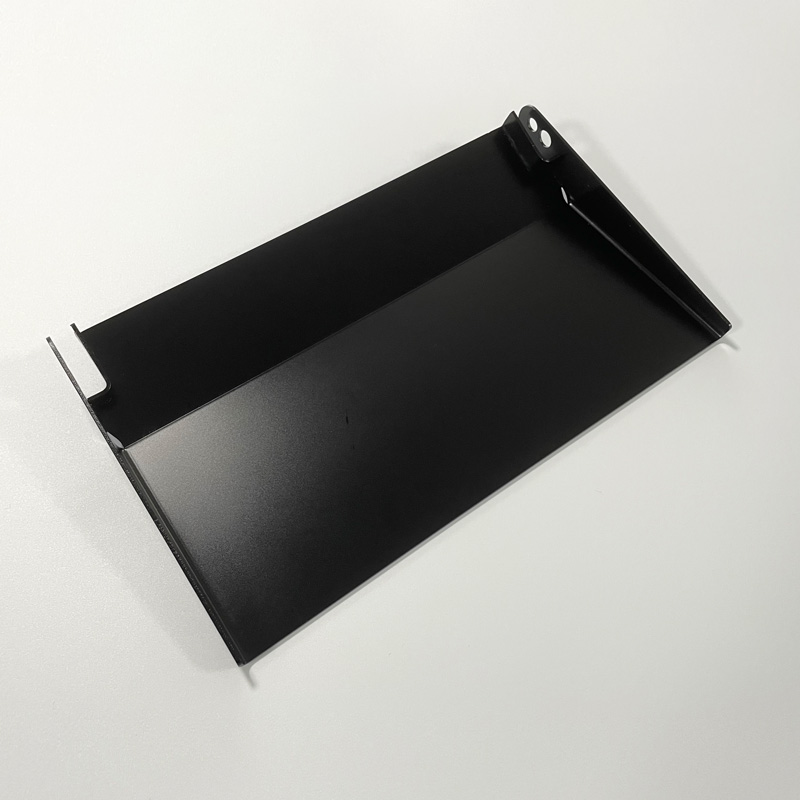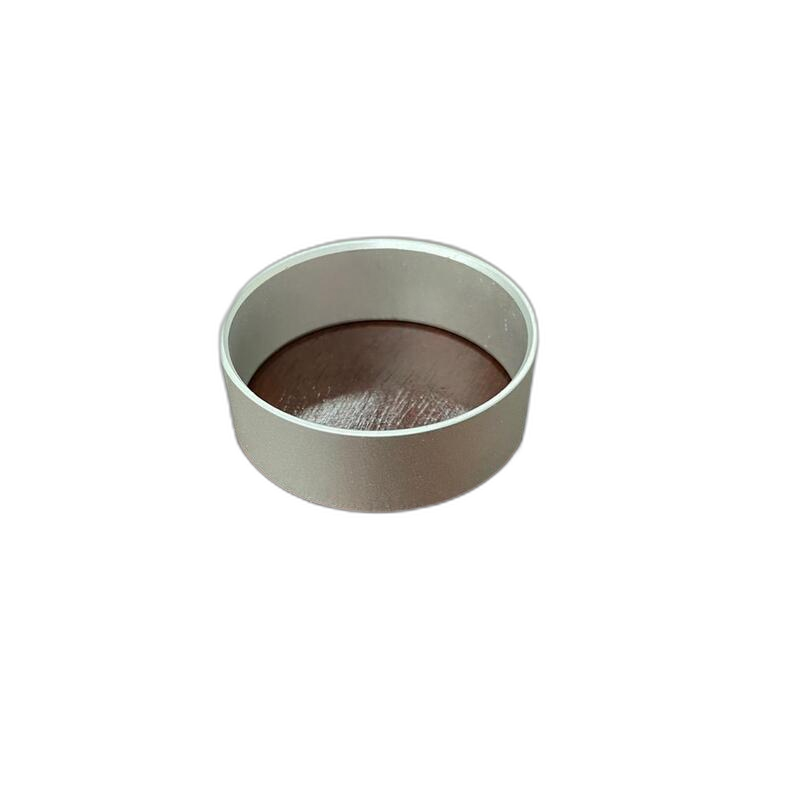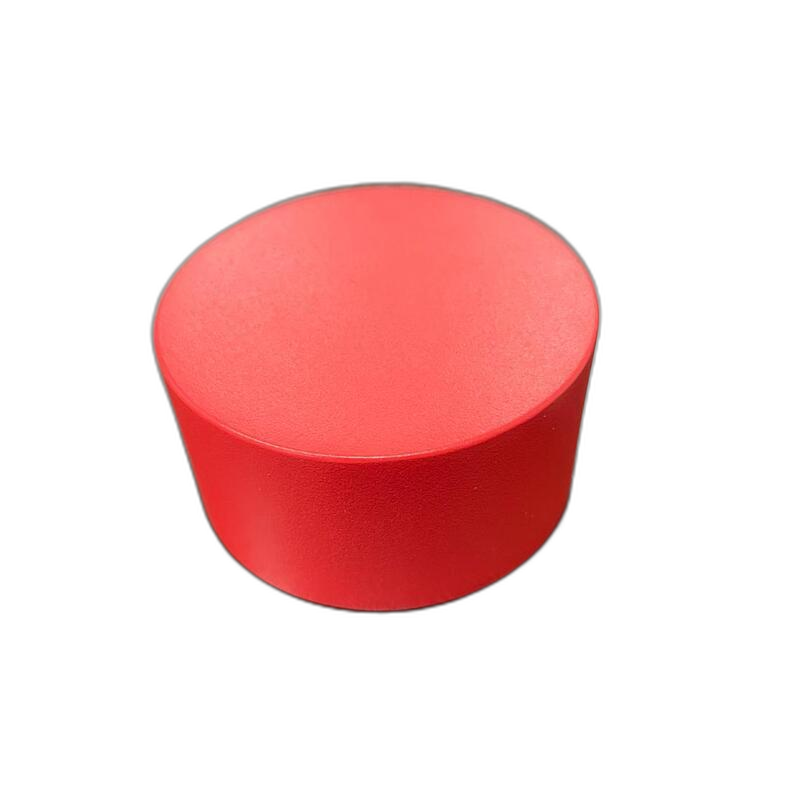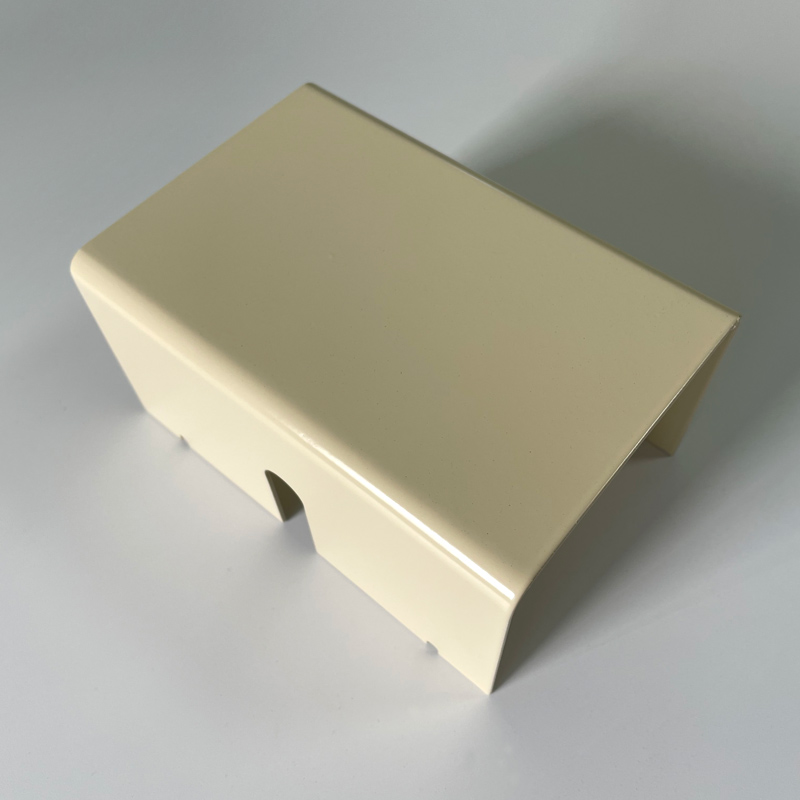Powder Coating Finishing Services
AT-Machining provides top-quality powder coating for durable, decorative finishes in custom colors and textures. Our experts ensure uniform coverage for superior protection and aesthetics.

Powder Coating Overview and Advantages
Powder coating is a finishing process used to apply a protective or decorative layer on various materials, most commonly metal.
The technique employs a dry powder, typically composed of resins, pigments, and hardening agents, which is electrostatically applied to a surface and then cured under heat.
This creates a durable, corrosion-resistant, aesthetically pleasing and environmentally friendly coating compared to traditional liquid paints.
Durability
Powder coating provides a long-lasting finish that resists chipping, scratching, and fading, making it ideal for heavy-use or outdoor items.
Environmentally Friendly
Unlike traditional liquid paints, which often contain harmful solvents, powder coating contains no volatile organic compounds (VOCs), making it more eco-friendly.
Cost-Effective
While the initial setup can be expensive, the long-term costs are generally lower due to reduced waste and the elimination of solvents and multiple coats.
Aesthetic Versatility
Available in an array of colors, textures, and finishes, powder coating allows for high customization to meet specific aesthetic requirements.
Corrosion Resistance
The seamless finish of powder coating enhances corrosion resistance, providing an added layer of protection for metals exposed to moisture or chemicals.
Efficient Process
The electrostatic application method ensures an even coat and minimizes material waste, making the process efficient and consistent.
Types of Powder Coating Offered by AT-Machining

Known for its excellent corrosion resistance and toughness, epoxy powder coatings are generally used in indoor applications where UV resistance is not required. They are ideal for industrial and automotive underbody parts, electrical panels, and machinery.
This type is the most widely used and is known for its good mechanical properties and durability. Polyester powder coatings offer excellent UV and weather resistance, making them suitable for outdoor applications like patio furniture, automotive exteriors, and fencing.
Similar to polyester but with added flexibility, polyurethane coatings are useful for applications that require elasticity, chemical resistance, and a smooth finish. They are often applied to automotive parts and heavy-duty machinery.
These coatings are a combination of epoxy and polyester resins, aiming to offer good mechanical properties along with some level of UV resistance. They are typically used for indoor applications or those that do not require prolonged outdoor exposure.
Known for its clear and glossy finish, acrylic powder coatings are used when UV resistance and aesthetic appearance are important but extreme chemical or mechanical resistance is not necessary. They are commonly used in automotive clear coats and decorative items.
These specialized coatings create a textured finish, such as wrinkles, hammer tones, or matte finishes. They are used to enhance grip, hide surface imperfections, or simply for aesthetic reasons.
Does Powder Coating Affect CNC Parts Accuracy?
- Powder coating does add some thickness to the part, which could affect tolerances if the coating is especially thick. Typical powder coatings add 50-75 microns of thickness.
- The baking process for curing powder coated parts can cause some slight warping or distortion, especially on larger or thinner parts. Preheating parts prior to coating can minimize this.
- Masking and plugging any machined holes, bores, threads etc prior to coating is advisable to avoid affecting tolerances. The coating buildup could cause issues otherwise.
- Powder coating over sharp edges or corners can round them off slightly, again affecting critical tolerances. Masking these areas can prevent this.
- In general, any precision-machined surface that requires tight tolerances should be masked if possible prior to powder coating to avoid the coating affecting dimensions.
- For most commercial precision, powder coating does not affect tolerances significantly as long as proper masking and curing procedures are followed. But for ultra-high precision work, coatings should be avoided if possible.
Color options for Powder Coating
Powder coating offers extensive color options, including various RAL codes for precise matching. Different levels of gloss, from matte to high-gloss, can also be achieved, providing versatile aesthetic outcomes.

Black

Clear

Gray

Blue

Teal

Green

Red

Purple

Orange

Pink

Gold

Yellow
Custom Powder colors are available – Contact us for specialty matching.
Gallery of Powder coated parts manufactured by AT-Machining





Other Finishing Services Available
Rust Our One-Stop Finishing Excellence
AT-Machining’s industry-leading expertise ensures unrivaled quality and convenience with our comprehensive, one-stop finishing services.
Powder coating is a dry finishing process, using finely ground particles of pigment and resin electrostatically charged and sprayed onto surfaces. Cured under heat, it creates a durable, uniform, and attractive finish, popular for its environmental and performance benefits.
- Copper Plating
- Electroless Nickel
- Nickel Plating
- Nickel Sulfamate
- Tin Plating
- Zinc Plating
- Mechanical Polishing
- Electropolishing
- Vibratory Polishing
- Mirror Polishing
- Glass Bead Blasting
- Ceramic Bead Blasting
- Plastic Bead Blasting
- Steel Shot Blasting
- Stainless Steel Bead Blasting
Black oxide, a conversion coating in surface finishing, chemically forms a protective black layer on metals, primarily ferrous alloys. It enhances corrosion resistance, reduces light reflection, and adds decorative appeal. Applied through hot or cold processes, the finish is often sealed with wax or oil to boost durability and protection.
Chromate conversion coating, often known as Alodine or Chemfilm, is a surface treatment for aluminum and its alloys. It forms a thin, protective chromate layer, enhancing corrosion resistance, promoting paint adhesion, and providing electrical conductivity. Commonly used in aerospace and automotive industries, it offers a decorative finish with minimal dimensional change.
DLC (Diamond-Like Carbon) coating is a nanocomposite finish that imparts a hard, wear-resistant surface to materials. Mimicking properties of natural diamond, it offers exceptional lubricity, corrosion resistance, and a reduced friction coefficient, making it ideal for automotive, tools, and precision components.
Brushing in surface finishing uses abrasive brushes to create fine, consistent lines on metal surfaces. This mechanical process enhances appearance, masks defects, and prepares surfaces for coatings. Offering various textures, from short to long grains, brushing ensures aesthetic refinement for various applications.
Titanium anodizing is a surface finishing process that modifies the oxide layer on titanium components. Enhancing corrosion resistance and biocompatibility, it also adds vibrant, interference-based colors without dyes or pigments. Popular in medical devices and aerospace, it combines aesthetics with functional benefits.
Passivation is a surface finishing process that treats stainless steel with a mild oxidant, removing iron contaminants and enhancing its natural oxide layer. This strengthens corrosion resistance and prevents unwanted reactions in environments like the medical, food, and aerospace industries.
